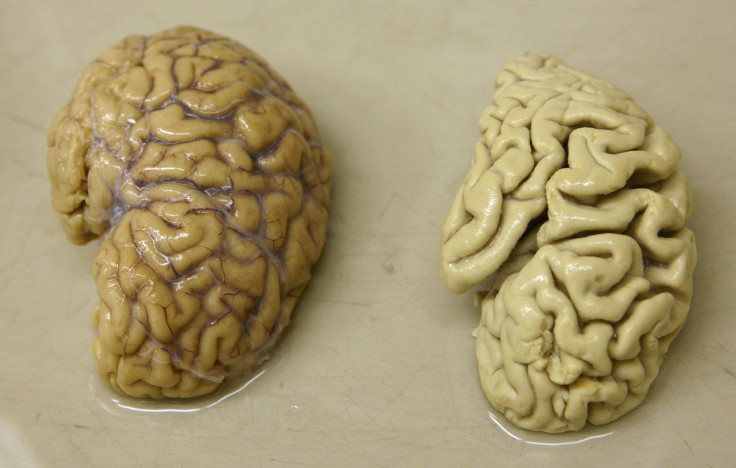Ultrasound Technique Could Help Restore Memory Of Alzheimer's Patients: Study

A new treatment for Alzheimer’s disease could use ultrasound to clear toxic plaque in the human brain, a study conducted by researchers from the University of Queensland has shown. The researchers have created a non-invasive method using ultrasound for removing neurotoxic amyloid plaques, structures that are responsible for cognitive failure and memory loss, observed in Alzheimer’s patients.
Amyloid plaques, one of the two types of lesions observed in Alzheimer’s patients, sit between neurons and form sticky clusters of protein called neurofibrillary tangles, which disrupt the transportation of critical nutrients and cells through the brain pathways.
The study, published in the journal Science Translational Medicine last week, used a technique called focused therapeutic ultrasound. Using this method, the researchers were able to create inaudible sound waves that oscillate fast enough to disintegrate the plaque, reopening the blood-brain barrier and allowing the passage of microglial cells, which act as waste disposal carriers for the brain to scrub out the cells before they can reform into plaque.
The memory functions of 75 percent of the mice tested using the technique were restored completely with no effective damage to the surrounding brain tissue. The performance of the mice showed improvement in three tasks -- navigating a maze, recognizing an object and a memory test.
“We’re extremely excited by this innovation of treating Alzheimer’s without using drug therapeutics," Jürgen Götz, one of the study’s authors, said in a press release. "The word ‘breakthrough’ is often misused, but in this case I think this really does fundamentally change our understanding of how to treat this disease, and I foresee a great future for this approach."
The authors said they will continue testing on different animals, including sheep, and hope to begin human trials in 2017, according to Science Alert.
© Copyright IBTimes 2024. All rights reserved.





















